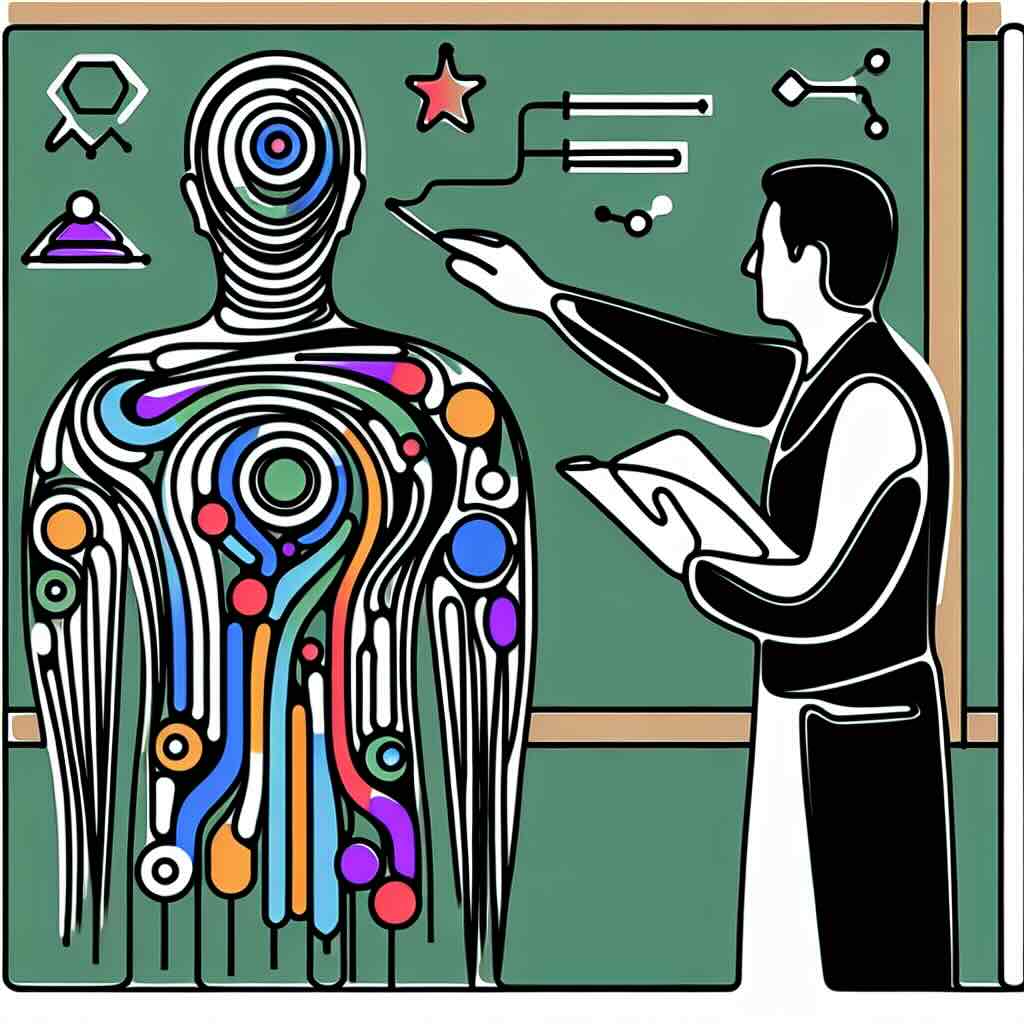Interactive content adds interaction and the potential for increased engagement into your topics
Engage your audience and boost learning outcomes by creating interactive content. This blog post explores the essential tools and techniques that instructional designers can use to create dynamic and engaging materials. Learn the benefits, understand potential risks, and get a practical task to test out today.
Table of Contents
1. Understanding Interactive Content
2. Essential Tools for Creating Interactive Content
3. Techniques for Enhanced Engagement
4. The Benefits of Interactive Content
5. Potential Risks and How to Mitigate Them
Understanding Interactive Content
Interactive content, crucial in today's educational landscape, refers to materials that require active participation from learners. Examples include quizzes, simulations, interactive videos, and gamified learning experiences. These tools are more effective at maintaining learner interest and improving retention rates than static content. Interactive content integrates various multimedia elements, making learning a multi-sensory experience that captures and holds attention. By using interactive techniques, instructional designers can cater to different learning needs and ensure that learners are actively engaged with the content. This active engagement leads to deeper understanding and higher levels of knowledge retention.
Essential Tools for Creating Interactive Content
There are several tools available that can help you craft interactive content. Adobe Captivate is a powerful software that allows the creation of sophisticated eLearning modules with quizzes, simulations, and responsive design. Articulate Storyline offers an intuitive interface for building interactive slides and can be integrated with SCORM to track learner progress. For those on a budget, platforms like H5P offer free resources to create, share, and reuse interactive content in various formats such as interactive videos, quizzes, and presentations. Another notable mention is Nearpod, which enables real-time interaction and assessments within presentations. By leveraging these tools, you can create engaging and effective learning environments.
Techniques for Enhanced Engagement
There are many effective techniques that can make your interactive content engaging. Gamification is one technique where game-like elements, such as rewards, points, and leaderboards, are integrated into highly interactive learning content to motivate learners. Branching scenarios offer learners the freedom to navigate their learning paths based on the choices they make, making the learning experience more personalised and relevant. Drag-and-drop activities provide a tactile way for learners to interact with content, enhancing memory retention. Another approach is to incorporate multimedia elements like videos, animations, and interactive elements to that adds breaks and variety into text-heavy content. These techniques help in maintaining the learner’s attention and make the learning process enjoyable and effective.
The Benefits of Interactive Content
Interactive content provides numerous advantages that traditional static content cannot. First, it significantly improves learner engagement by involving them in the learning process. This active participation leads to better retention and understanding of the material. Interactive content also offers immediate feedback, allowing learners to assess their knowledge and correct mistakes in real-time. This formative assessment is essential for fostering a growth mindset. Furthermore, interactive materials can cater to various learning preferences by incorporating different types of media, ensuring a more inclusive learning environment. Lastly, interactivity often translates to higher completion rates, as learners are more motivated to finish an engaging and interactive course.
Potential Risks and how to Mitigate Them
Despite its benefits, creating interactive content does come with some risks. One significant risk is the potential for cognitive overload, where too much information or overly complex interactions overwhelm the learner. To mitigate this, ensure that your content is well-structured and provides clear instructions. Another risk is the technical challenges that may arise, such as compatibility issues with different devices or browsers. Regular testing and choosing reliable tools can help avoid these problems. Additionally, despite its engaging nature, interactive content can sometimes distract from the core learning objectives. To prevent this, always align interactive elements with your learning goals and outcomes. By being mindful of these risks, you can create interactive content that is both effective and enjoyable.
One Thing You Can Try Today
Try creating a simple interactive quiz using a tool like H5P. Go to the H5P.org website, sign up for a free account, and select the "Quiz (Question Set)" content type. Add a variety of questions, such as multiple-choice, true/false, and fill-in-the-blank, to make it engaging. Customise the feedback for each answer to provide immediate learning opportunities. Publish the quiz and share the link with a colleague or friend for feedback. You may have to look into hosting options for H5P content, so this is just used as an example.
Conclusion
Interactive content is a game-changer in the world of instructional design, offering immense benefits in terms of engagement and learning outcomes. By understanding the tools and techniques available, you can create materials that not only capture attention but also enhance learning efficiency. While there are risks involved, strategic planning and execution can turn these challenges into opportunities for growth.
Try it yourself
1. Explore: Sign up for a free trial of an interactive content creation tool like H5P.
2. Create: Develop a basic interactive learning module or quiz using the tool of choice.
3. Share: Post your interactive content on a learning platform or share it with peers for feedback.
Related Topics:
- eLearning Development Tools
- Gamification in Education
- Interactive Video Learning
- Multimedia in Instructional Design
- Strategies for Learner Engagement







